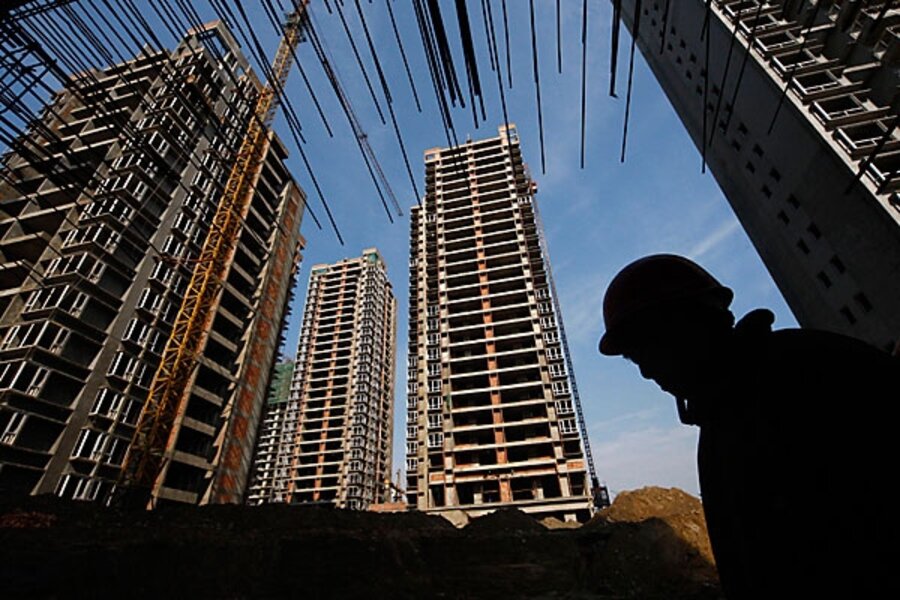The world's next boom cities
Loading...
| London
If the last century was the age of economic globalization, expect the first half of this one to be the era of urbanization.
By 2050, 3 out of 4 people will be concentrated in major cities or massively urbanized regions, many of them climate-change refugees from exposed agricultural areas.
But as nations recover from the biggest shock to the global financial system since the Great Depression, a shift in economic power is already ensuring the next generation of truly great world cities will have a particularly Chinese and Indian feel. Straw polls of urbanologists inevitably throw in Shanghai and Mumbai (Bombay) as rising stars among a list of Asian cities expanding at a phenomenal pace. Others include names generally unheard-of to the average Westerner.
The southern Chinese city of Beihai, for example, has been identified as the world’s fastest-growing metropolis, followed by the northern Indian city of Ghaziabad.
Economic factors are key to the shifts, of course, a reality that will help sustain Tokyo’s significance, aided by the development of green technology. But other forces are important, too. “With Chinese cities, very clear and strong governance structures mean there is a clarity when it comes to their development,” says Malcolm Smith, an urban designer at Arup, a global consulting firm, who worked on what the Chinese billed as the world’s first low-carbon “eco city,” near Shanghai.
While Shanghai and India’s Mumbai are both economic powerhouses rather than political capitals, the same forces are propelling the rise of another city on the other side of the world, São Paulo, Brazil. A classic “second” city formed by Brazil’s industrial explosion, São Paulo is now the largest city in the world’s 10th largest economy. In Latin America, experts suggest it is eclipsed – in size as well as cultural and political clout – only by Mexico City, despite all the chronic urban problems in the Mexican capital, now home to 18 million people.
But what of Europe, particularly its “old” half? London’s retinue of banks and brokerage houses helps maintain its status as the financial center of Europe, a status likely to grow once a global recovery takes hold. “It is also simply still a very, very big city by the standards of American and European cities, and one of the most cosmopolitan and genuinely mixed places on the planet,” says urbanologist Tony Travers of the London School of Economics. He adds that its reputation as a crossroads of international politics, as well as for tolerance, makes it a magnet for talented people in fields ranging from culture to commerce.
Continental European cities, including Paris, struggle to compete with London’s clout in economics and other spheres. But this may not matter. As Mr. Smith and others point out, the future of cities like Berlin and Amsterdam lies largely in the individual identities they carve out in their own countries and the rest of Europe.
An exception may be on Europe’s periphery, where Istanbul, Turkey, could emerge as the continent’s second global city after London. This stems from its role as a bridge between competing power blocs, including the West and the Muslim world. Straddling two continents and home to nearly 13 million people, the Turkish metropolis has become a nexus for servicing and shaping the rapid growth in the energy-rich former Soviet republics.
Conspicuously absent from the list of rising global power centers are other traditional urban centers that will do just fine because of their “livability” – including Vienna; Zurich, Switzerland; and Vancouver, British Columbia.
US cities:
1. Boston is magnet for high-skilled workers
2. Fort Collins, Colo., builds on clean tech
3. Houston aims to move beyond the oil age
4. Huntsville eyes next launchpad for growth
5. A Seattle slew of advantages
Main story: Five cities that will rise in the New Economy
____________
-- Look for us on Twitter.





